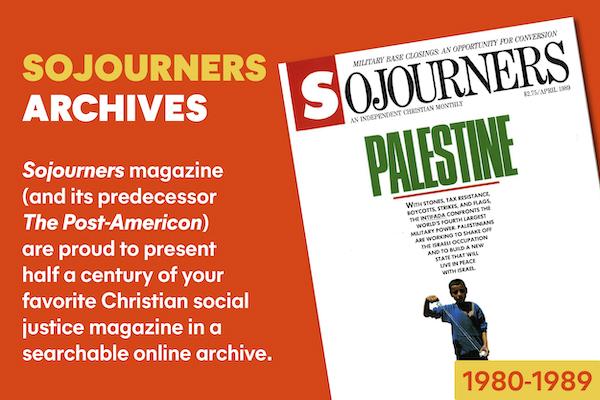In the Hebrew Bible the third section of the canon, alongside the Law and the Prophets, is called the Writings. This is a truly miscellaneous collection of witnesses. It ranges from the magnificent poetry of the Psalms and the Song of Songs to the strange visions of Daniel; from the assurance of Proverbs to the protest of Job; from the concern for Jewish identity in Ezra and Nehemiah to the universalism of Ruth and Jonah.
Virtually all the Writings received their final literary shape after the Babylonian exile (587-539 B.C.), although some, like the Psalms, are post-exilic collections of materials that come from Israel's earlier life. For the most part, the diversity of literature and viewpoint reflected in the Writings gives us a picture of the post-exilic period in Israel's story as characterized by great pluralism.
Before the catastrophe of exile, most saw history as the arena of God's working, either in covenant or in kingship. God's salvation history was unfolding in the midst of Israel's story. But exile undermined confidence in God's working in history. Although the prophets of the exile—Jeremiah, Ezekiel, Second Isaiah—reaffirmed God's sovereign presence in history, it should not surprise us that following the exile, some alternative perspectives for understanding God's relationship to Israel and to history should emerge.
The diversity of the Writings witnesses to the differing theological options that drew interest in this last period of the Old Testament story. How should our relationship to God now be understood? More than one post-exilic answer to this important question emerged. In this article we will examine three main perspectives within the post-exilic witnesses and show how many of the Old Testament books contained in the Writings fit within those perspectives.
Return and Restoration
Read the Full Article

